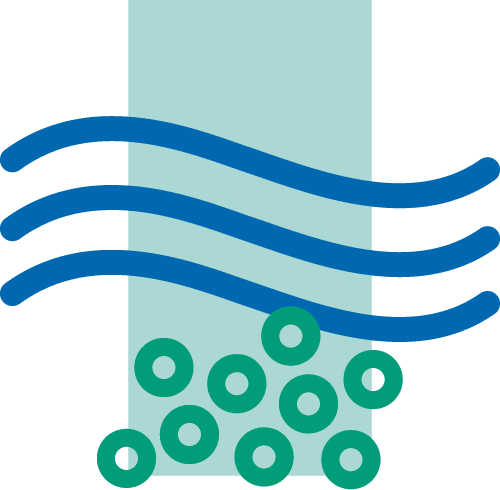Synopsis. Water is heavy! Because of that, living in the water is much different from living in the air. Fish bodies are designed to fit their needs for traveling through their dense environment—the placement of their fins and shape of their bodies determines how they are able to move. Furthermore, fish must navigate the delicate balance between sinking and floating in order to adjust their depth in the water. If an animal is more dense than water, it will sink (negative buoyancy). If it is less dense, it will float (positive buoyancy). If it is equally as dense as water, it neither floats nor sinks, and is ‘neutrally buoyant.’ Fish have a special organ to help them maintain neutral buoyancy in the water—a swim bladder. The swim bladder is a sack in the fish’s body which fills up or deflates with air to help a fish maintain neutral buoyancy so that it can travel up and down in the water.
Fishy Physics

Other Learning Stations
St. Louis River Quest Volunteers
City of Duluth – Utility Operations
U.S. Coast Guard & USCG Auxiliary
Minnesota Power/Boulder Lake Environmental Learning Center
Duluth Seaway Port Authority
MN DNR Scientific and Natural Areas Program
USDA Forest Service/Superior
National Forest
Resource Renew
Duluth Sail & Power Squadron
Minnesota Sea Grant Program
The DECC
Twin Ports Rip Current Workgroup
MN Pollution Control Agency


















